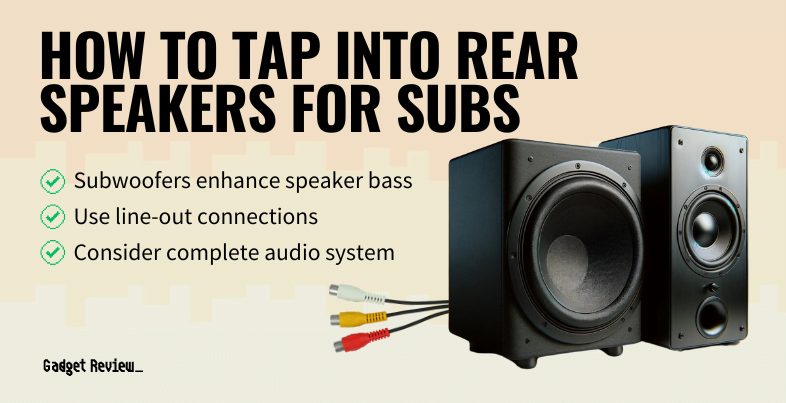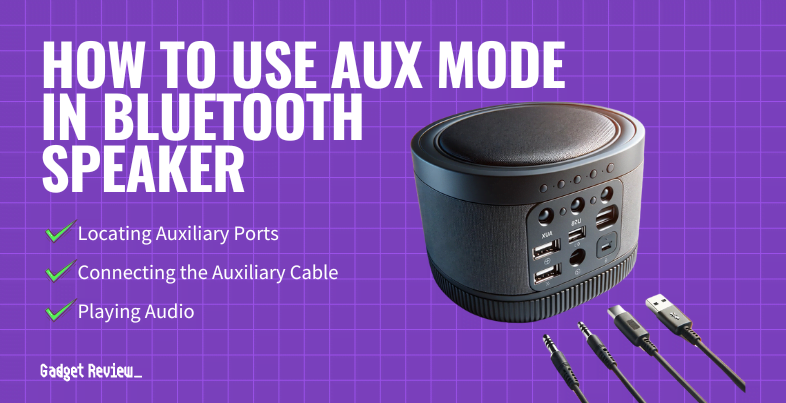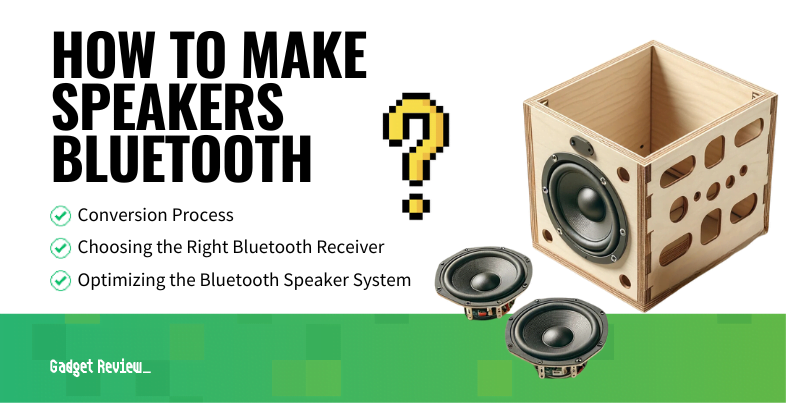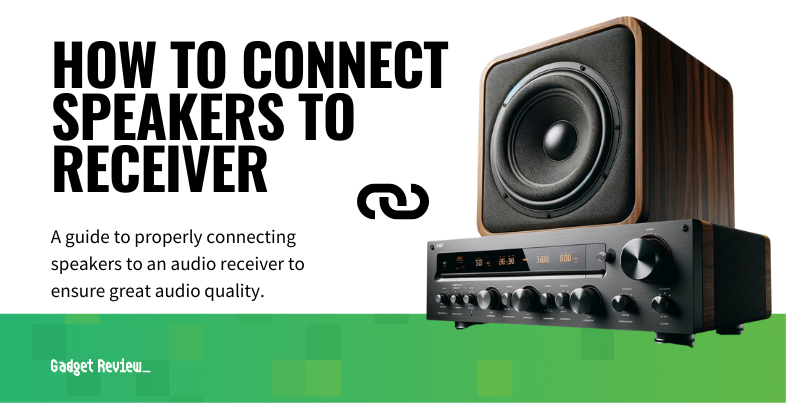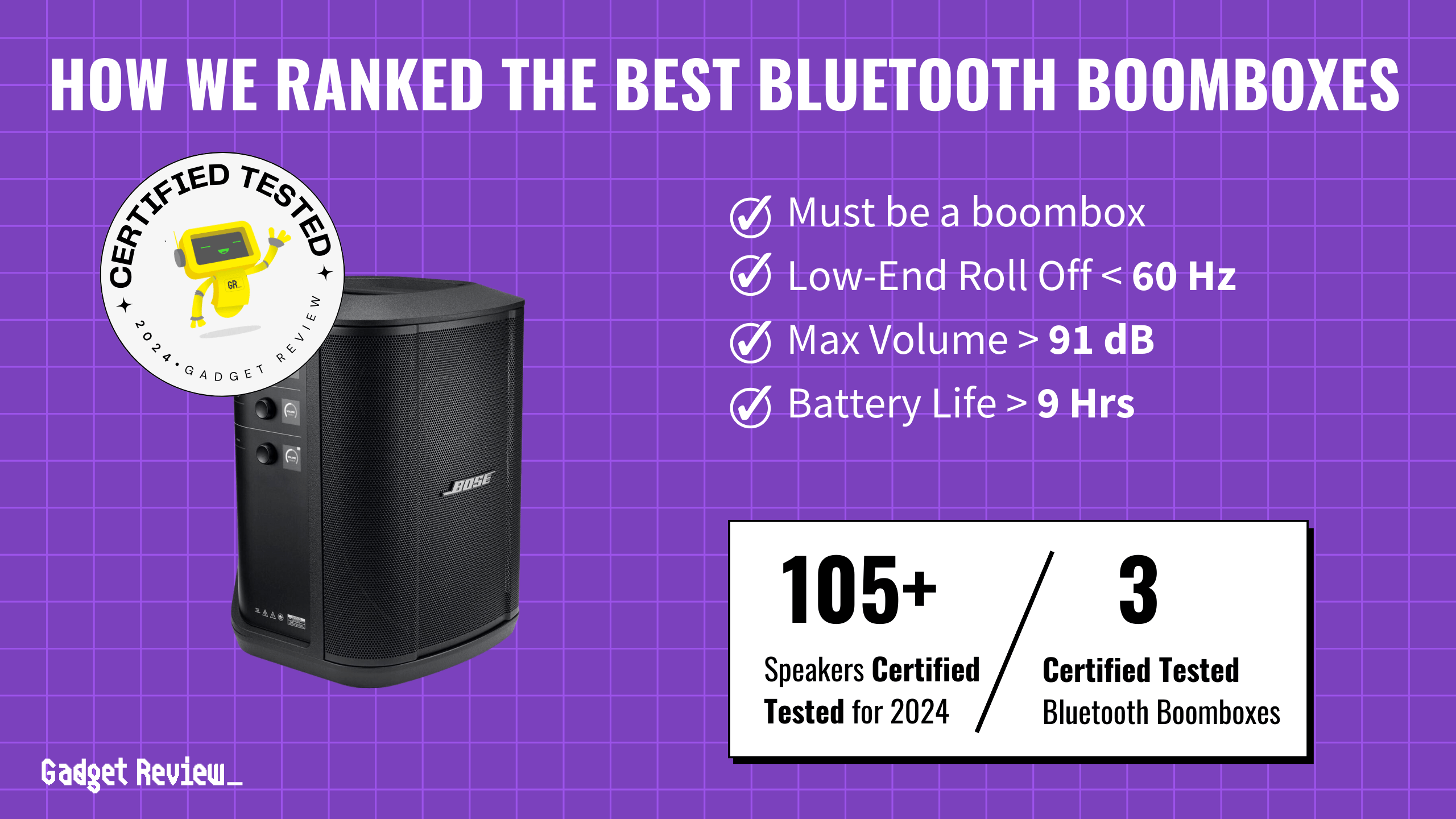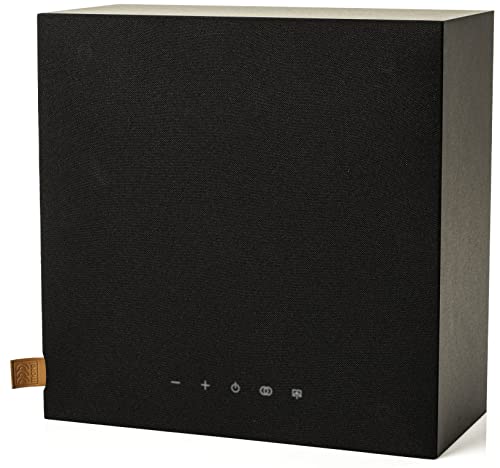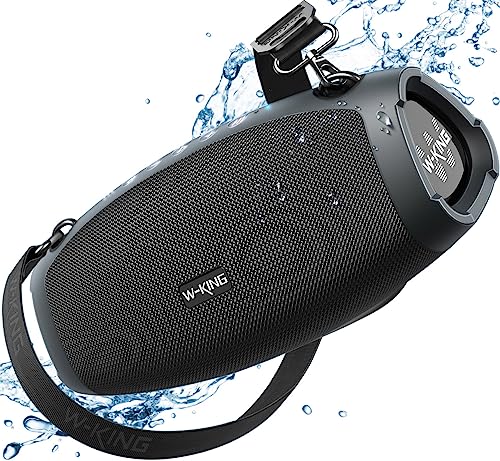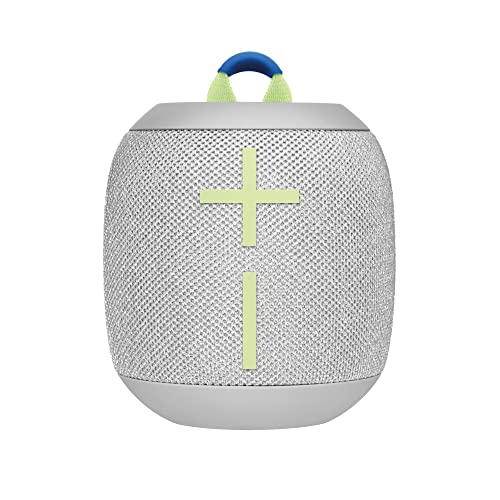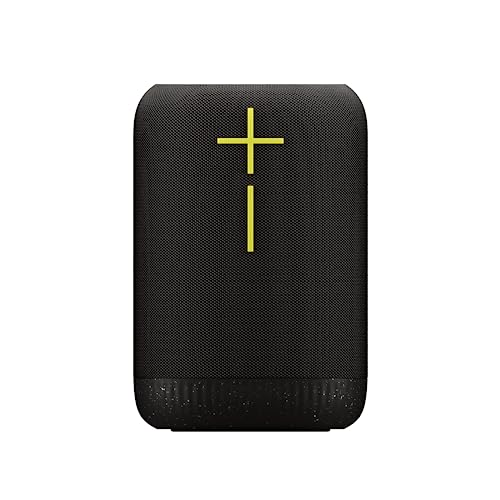If you are new to the world of home audio, you may wonder how to tap into rear speakers for subs. Some of the best speakers, after all, can integrate nicely with subwoofers and the like. This process can be made simpler if you know the size of your car speakers. So why tap into rear speakers for subs and how to do it? Keep reading to find out.
Key Takeaways_
- Subwoofers can add a whole lot of bass to your speaker setup, making them highly sought after.
- Most speakers feature line-out connections on the back, making it easy to connect subwoofers via rear speaker wires or rear deck speakers.
- Another option is to connect both the speakers and the subwoofer to a dedicated preamp, channel amp, or factory head unit. Alternatively, if the speakers won’t work you can replace the speakers in your car.
Why Connect Rear Speakers to a Subwoofer?
Many consumers look to tap into rear speakers for a sub in vehicles, as it makes the bass more pronounced as you drive around listening to music. However, most modern speakers include audio outs that easily allow them to connect to subwoofers and even other sets of stereo speakers. This helps create a more robust stereo image and loudens the volume.
How to Connect Rear Speakers to a Subwoofer
Now each make and model of speakers is different, with varying designs, so there is no universally accepted “right” way to do this. But here are some tips to get started.
Check the Rear for Ports
Most speakers will feature some audio, or line-outs, to connect a subwoofer or two. These connecting ports are typical, though not always, located on the back of the speaker. Find your speakers and turn them on their back to look for any ports.
insider tip
Subwoofers add a fair amount of bass, so be sure to adjust the equalizer accordingly.
If your speaker lacks a line out, or you are wondering how to install a line output converter to rear speakers, just buy a converter and connect it to the pre-existing audio direct out. Be sure to learn how to test if the speakers are wired correctly after connecting the adapter.
Consider a Robust Audio System
Instead of connecting the subwoofer directly to the speaker, consider a more robust audio system, including a preamp and various other components. This will simplify the installation process as both your speaker and subwoofer will connect to this preamp or related device, and not to one another.
Check All of Your Wiring
If you are having issues hearing audio or hearing sporadic audio, after connecting the subwoofer, be sure to check and double-check the wiring. In the vast majority of cases, faulty cables and wiring cause sound issues when listening to speakers and subwoofers. Also, have some extra cables on hand just in case.

